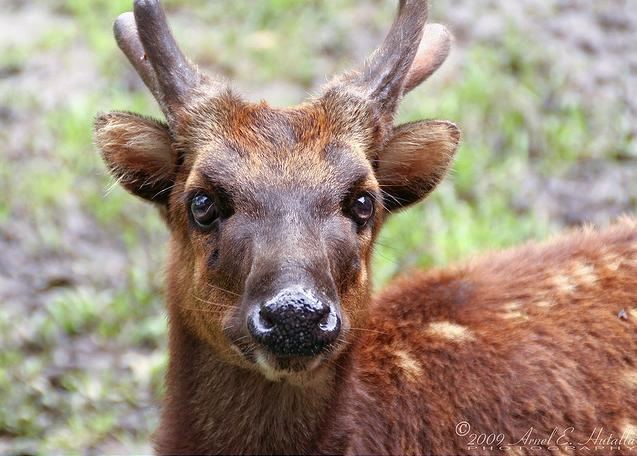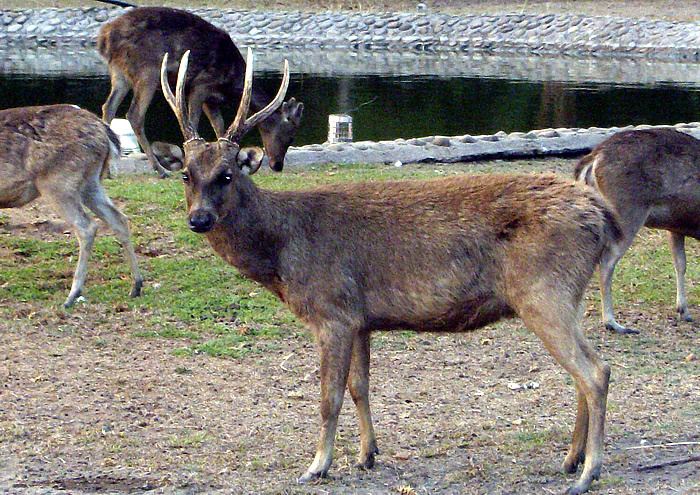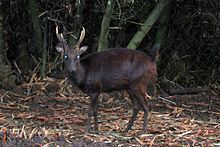Higher classification Rusa | ||
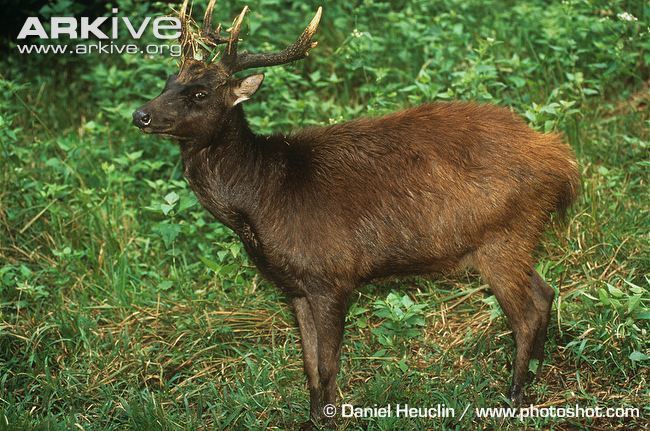 | ||
Similar Deer, Calamian deer, Roosevelt's muntjac, Gongshan muntjac, Dwarf brocket | ||
Hunting philippine deer in guam 180 lbs
The Philippine deer (Rusa marianna), also known as the Philippine sambar or the Philippine brown deer, is a species of deer that is native to the forests and grasslands, on most larger islands of the Philippines,. The only major islands where it is not commonly found are in Negros, Panay, Palawan, Sulu, and the Babuyan and Batanes island groups. It is classified as vulnerable by the IUCN due to its increasingly fragmented populations as a result of habitat loss and hunting.
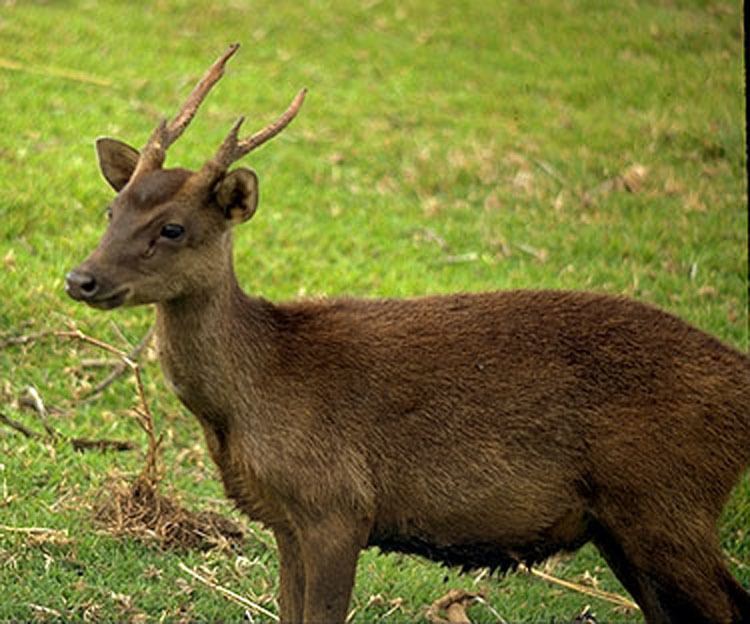
The Philippine deer is a medium-sized species, but is generally much smaller than its cousin, the sambar deer. Head-and-body length is 100 to 151 cm (39 to 59 in), shoulder height is 55 to 70 cm (22 to 28 in) and body weight is 40 to 60 kg (88 to 132 lb). It is mostly brown in color, with the exception of the underside of the tail, which is white. Some cases in Mindanao have shown that the deer’s coat is said to be a pale, sandy grey color. The antlers of the male are quite small, usually having a length of 20 to 40 cm (7.9 to 15.7 in).
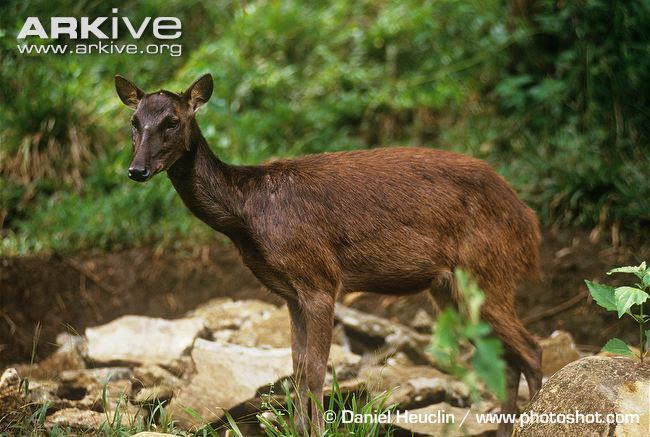
This species can be found in a variety of habitats in the Philippines. They may be found anywhere from wooded lowlands to forested mountain slopes or places that are up to 2,900 m (9,500 ft) meters above sea level. The mating season commonly occurs from September to January, with females giving birth to a single fawn marked with light colored spots, that disappear after a few weeks. During the rut, females may form small groups of up to eight individuals, but the males remain solitary and are aggressive. The Philippine deer is nocturnal. Most activities are done at night while they rest in the dense forest thickets by day. They generally congregate around natural forest openings, eating grass, leaves, fallen fruits and berries.

The Philippine deer was introduced to Guam by the Spanish governor Mariano Tobias between 1770 and 1774 as a game species (William Edwin Safford, 1905). Although scarce in its native range in the Philippines, it is abundantly found in many areas of Guam, posing serious threats to plant communities by overgrazing. It was also introduced to Rota, Saipan, and to the United States. There is also a small free-ranging population in South Florida, below the Keys, Patahorn by Victoria Texas Coast, and the Santa Lucia Mountains of California that is descended from escapees from the nearby Hearst Ranch. The domesticated population did not take hold like they did in Guam.

